Search
02344 CORROSION TRENDS AS DISCERNED BY THE HYDROGEN COLLECTION METHOD
Also Purchased
02265 CARBON PAINT ANODE FOR REINFORCED CONCRETE BRIDGES IN COASTAL ENVIRONMENTS
Product Number:
51300-02265-SG
ISBN:
02265 2002 CP
Publication Date:
2002
$20.00
02267 APPLICATIONS OF SACRIFICIAL ANODE CATHODIC PROTECTION SYSTEMS FOR HIGHWAY BRIDGES - ONTARIO EXPERIENCE
Product Number:
51300-02267-SG
ISBN:
02267 2002 CP
$20.00
02266 APPLICATIONS OF INTERMITTENT CATHODIC PROTECTION FOR CONTROL OF REBAR CORROSION
Product Number:
51300-02266-SG
ISBN:
02266 2002 CP
$20.00




